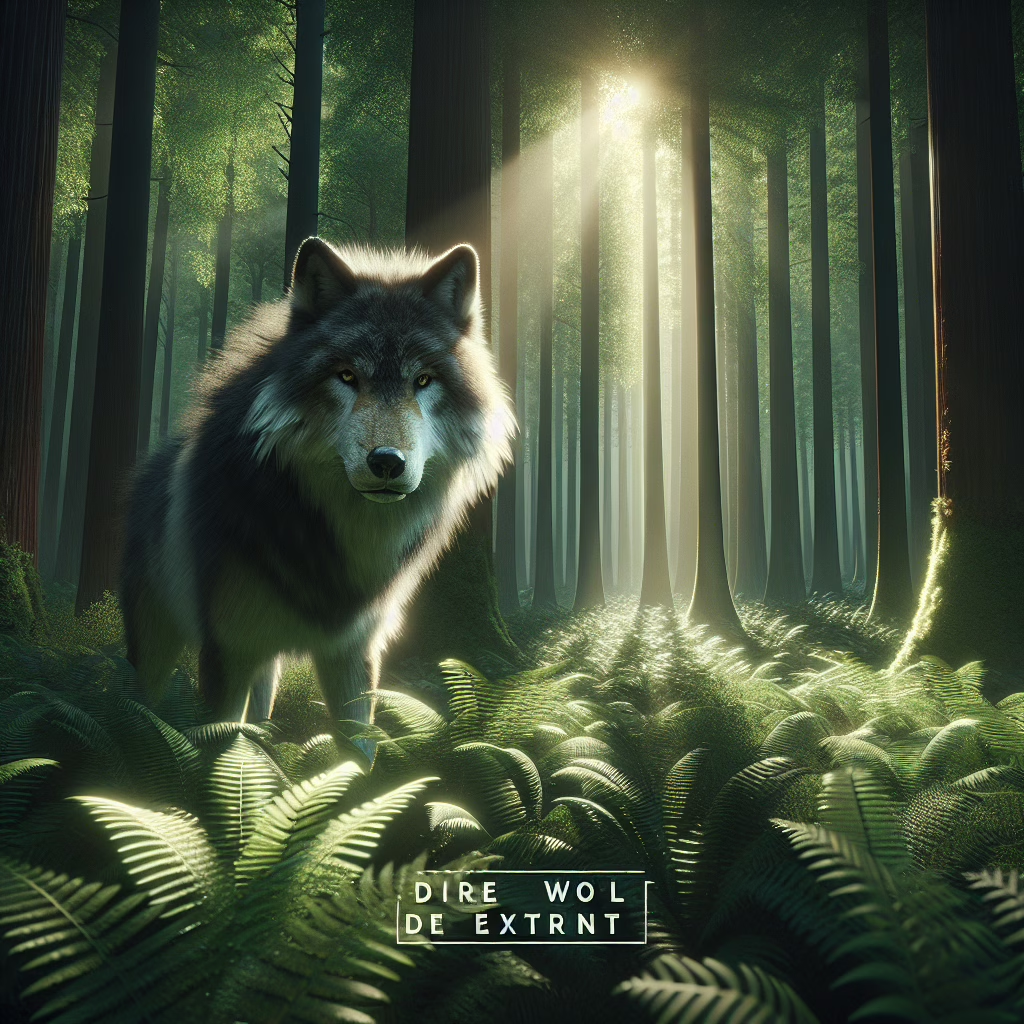Imagine a world where the dire wolf roams the earth again, its majestic presence gracing the landscape like a furry celebrity. Well, thanks to some brilliant minds in the field of genetics, this once far-fetched idea is now a reality! Scientists have successfully deextincted the dire wolf, merging cutting-edge technology with age-old biology. But before you grab your hiking boots and set off to find one, let’s dive into this fascinating tale of genetic resurrection.
The Science Behind Deextinction
The concept of deextinction may sound like something out of a Hollywood blockbuster, doesn’t it? Picture it: a team of scientists in lab coats wielding beakers and test tubes, surrounded by the eerie glow of computer screens. Well, that’s not too far from reality! The process involves using advanced techniques like CRISPR, which allows for precise editing of DNA. This nifty tool has become the Swiss Army knife of genetics, making it easier than ever to tinker with life’s building blocks.
To bring back the dire wolf, researchers analyzed ancient DNA extracted from fossils. They compared this DNA with that of modern canines to identify key traits that made these wolves so remarkable. It’s like a genetic scavenger hunt—but instead of finding hidden treasures, they’re piecing together the puzzle of an extinct species!
Why Bring Back the Dire Wolf?
You might be wondering why we should bother resurrecting an animal that hasn’t roamed the earth for thousands of years. After all, isn’t it just a glorified dog? Well, dire wolves played a crucial role in their ecosystem as apex predators. Bringing them back could help restore balance to certain environments that have shifted dramatically since their extinction. Additionally, here’s why it matters:
- Biodiversity Restoration: Resurrecting the dire wolf could reintegrate lost genetic diversity into ecosystems.
- Apex Predator Dynamics: Their presence could control populations of herbivores, benefiting plant life.
- Scientific Discovery: Understanding their behavior and ecology could provide insights into past ecosystems.
Plus, who wouldn’t want to see a dire wolf prancing around? They were larger than modern wolves and had some serious bite—quite literally! Imagine having one as a pet. Sure, you’d need to upgrade your yard fencing and probably invest in some extra-large chew toys.
The Challenges Ahead for Dire Wolves
While the prospect of bringing back the dire wolf sounds exhilarating, it isn’t without significant challenges. For starters, these wolves need a suitable habitat. With climate change and urban development taking over natural spaces faster than you can say “wolf pack,” finding a proper home for our new furry friends is no small feat.
Moreover, there’s the question of genetics. While scientists have made strides in deextinction, there’s still much to learn about how these wolves would adapt to modern ecosystems. Would they fit right in or cause chaos? It’s like trying to introduce a wild animal into a highly curated garden party—will everyone get along?
A Howling Good Time for Genetics
The successful deextinction of dire wolves is just one example of how science pushes boundaries and plays God (in a responsible way). This achievement opens new doors for conservation efforts worldwide. If we can bring back one species, what else can we do? Perhaps woolly mammoths are next on the agenda? Just imagine if they could also help with climate change by regrowing tundra!
In short, while we may not be ready to start selling tickets for dire wolf safari tours just yet, the advances in genetic research are paving the way for exciting possibilities. And who knows? Maybe one day we’ll find ourselves cohabiting with creatures from our distant past.
So grab your popcorn and keep an eye on those scientists—they’re up to some pretty wild experiments! Now, we’d love to hear your thoughts on this intriguing topic. Are you excited about the idea of deextincting more animals? Or do you think we should leave well enough alone? Share your thoughts in the comments below!
Special thanks to Wired for shedding light on this groundbreaking achievement!

